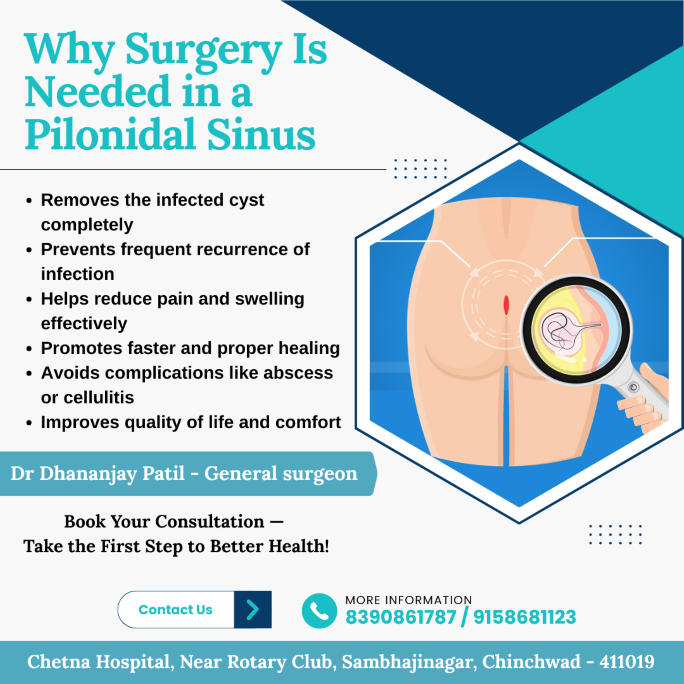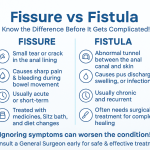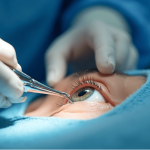A Pilonidal Sinus is a small cyst or tunnel that develops near the tailbone, typically at the top of the buttocks crease. Although it may seem like a minor issue, it can cause significant discomfort, pain, and repeated infections if left untreated. This condition is especially common among young adults, men, and those who spend long hours sitting. Understanding why surgery is often the best treatment option can help patients make informed decisions about their health.
What Is a Pilonidal Sinus?
A Pilonidal Sinus forms when hair, skin debris, and dirt get trapped in the skin folds near the tailbone. This causes a small cavity or tunnel under the skin, which may become infected. The infection can lead to swelling, pain, redness, and sometimes discharge of pus or blood. The area can become tender, making sitting or any pressure on the lower back uncomfortable.
Symptoms and Impact on Daily Life
Common symptoms include pain near the tailbone, swelling, redness, and drainage of foul-smelling pus. Patients may also experience fever if the infection worsens. Because the cyst is located in a sensitive and often pressure-bearing area, it can affect sitting, walking, and even sleeping. Recurring infections make the condition frustrating and disruptive.
Why Surgery Is the Most Effective Treatment
While some minor cases of Pilonidal Sinus can be managed with antibiotics, hygiene, and lifestyle changes, these methods often do not provide a permanent cure. The main reason surgery is needed includes:
- Complete Removal of the Cyst: Surgery allows the surgeon to remove the entire sinus tract and cyst, eliminating the source of infection. This prevents the condition from recurring, which is common with conservative treatments.
- Prevention of Recurring Infections: Without surgery, the sinus can become infected repeatedly, causing pain and discomfort over time. Surgery minimizes this risk significantly.
- Faster Healing: Surgical removal promotes better and quicker healing compared to chronic infection management.
- Avoidance of Complications: Untreated or poorly managed Pilonidal Sinus can lead to abscess formation or cellulitis (widespread infection of the skin), which may require emergency treatment.
Types of Surgical Options
Several surgical techniques exist depending on the size, location, and severity of the sinus. These include:
- Incision and Drainage: Used for acute abscesses to relieve pain and infection.
- Excision with Primary Closure: The sinus is removed, and the wound is closed immediately.
- Excision with Secondary Healing: The area is left open to heal gradually, reducing recurrence.
- Flap Procedures: For complex or recurrent cases, tissue flaps are used to cover the surgical area.
Your surgeon will recommend the best approach based on your individual condition.
Post-Surgery Care and Recovery
Following surgery, patients need to maintain proper hygiene and avoid prolonged sitting to allow healing. Regular follow-up visits ensure there is no infection or recurrence. With timely surgery and care, most patients return to normal activities within a few weeks.
When to See a Surgeon
If you experience persistent pain, swelling, discharge, or recurring infections near your tailbone, it’s important to consult a general surgeon promptly. Early diagnosis and surgical treatment can save you from prolonged discomfort and complications.
For Consultation Contact us on 8390861787 / 9158681123
Website – www.chetnahospital.co.in
Address – Chetna Hospital, Sambhajinagar, MIDC, G Block, Near Rotary Club, Chinchwad 411019
.
.
.
#pune#pcmc#chinchwad#hospital#medical#medicalservices#health#healthcare#surgery#generalsurgery#medicalprocedure#generalsurgeon#generalsurgeoninchinchwad













